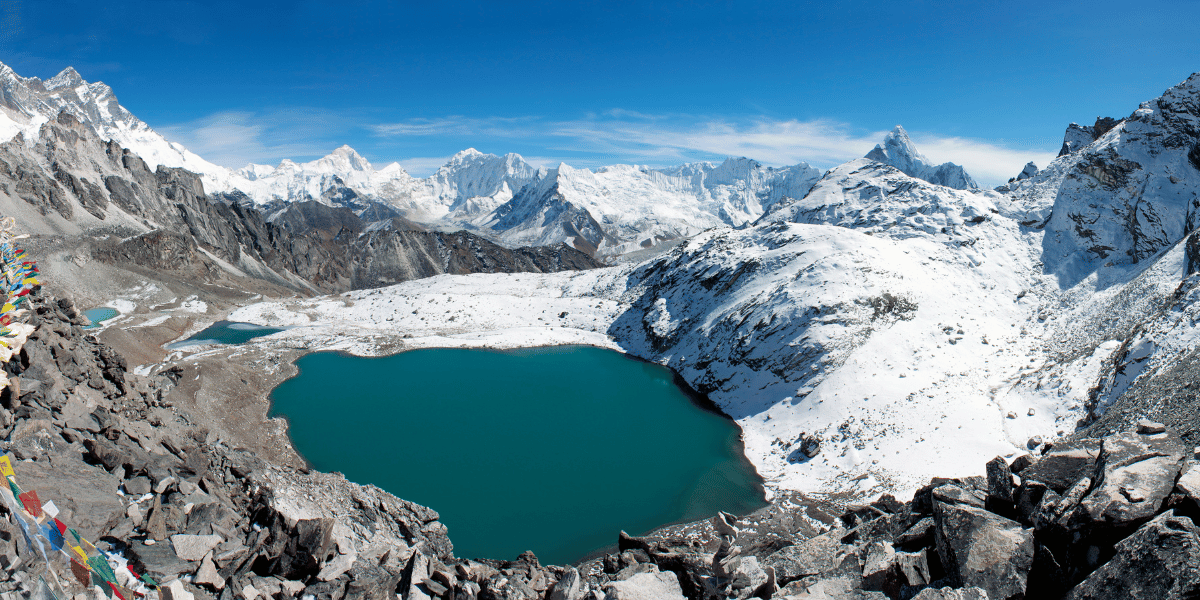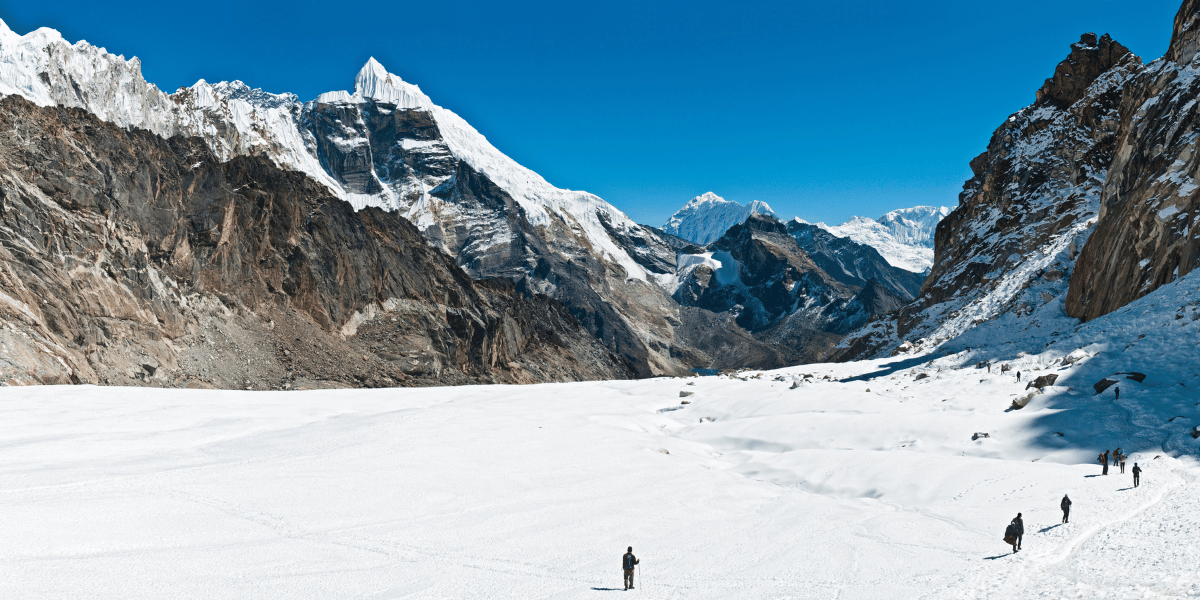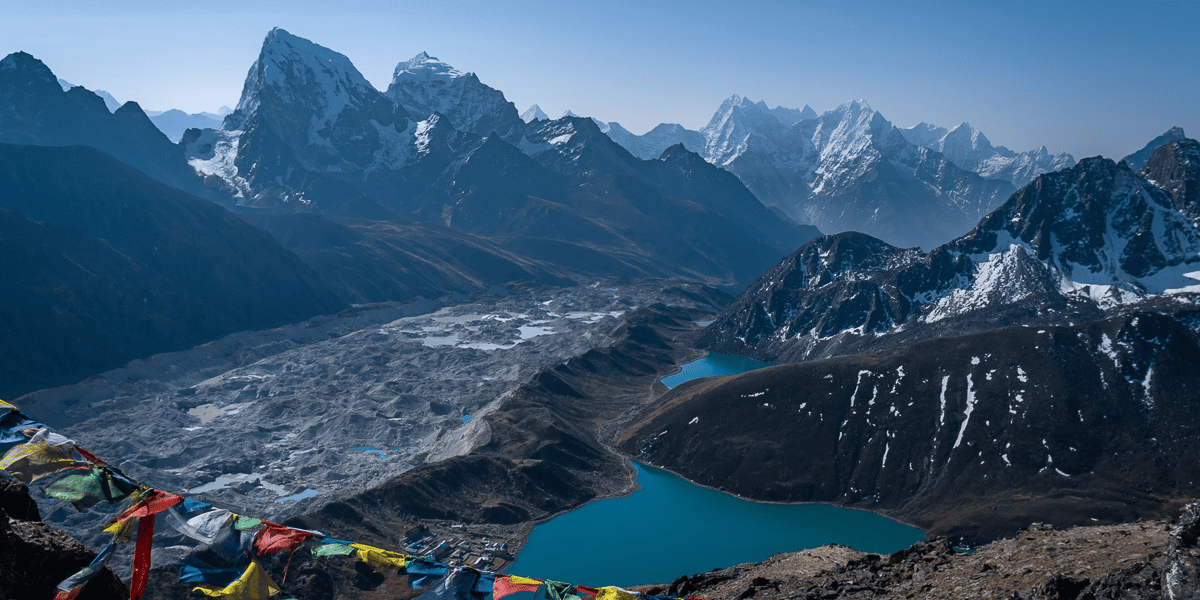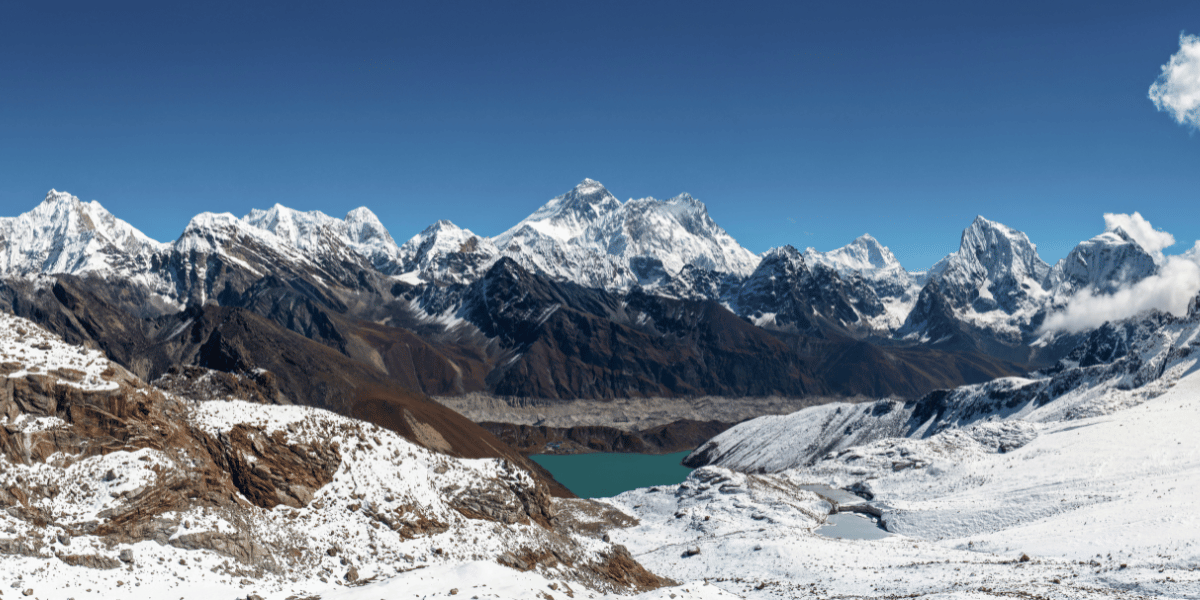Are you ready to discover the hidden gems of the Everest Region and push yourself to new heights? If you answered yes, then the Everest Three Passes Trek is an ideal option for you. Set out on this trek to discover the hidden beauty of the Everest region and traverse three of the world's highest trekking passes, offering incredible vistas of the region. This is a 19-day trek starting from Kathmandu and exploring the astonishing highlands of Nepal. For those looking to explore deeper into the spectacular Everest region, witness its remarkable mountains, trails, lakes, and high trekking passes, and experience a unique travel adventure amidst the raw and untamed beauty of the mountains, this trellis is perfect. This trek is considered one of the most adventurous in the world, taking you deep into the Everest region. You will see the surrounding landscape of Mount Everest and how geography shapes the formation of the world's tallest mountains.
During the trek, you will have the opportunity to explore a variety of historical sites and stunning highland geography that will surely leave you in awe. The trek begins in Kathmandu, allowing you to explore the city during your stay. Numerous historical sites within the Kathmandu Valley hold significant cultural and religious importance. These monuments provide insight into Nepal's vast and rich culture. During the sightseeing programme, you will visit these places, which are also listed as UNESCO World Heritage Sites. Here are some of the landmarks you will visit during your sightseeing:
UNESCO World Heritage Sites Kathmandu
During your sightseeing programme, you will explore the beautiful monuments inside Kathmandu Valley, starting with a visit to Kathmandu Durbar Square. Located in the centre of Kathmandu, it is an ancient former royal palace. The square contains various religious monuments like temples, sculptures, and places adorned with intricate architectural designs showcasing Nepal's rich artisan skills. Many temples display stunning arts like wood carving, sculpture, and architectural designs, including pagoda-style landmarks. Another stunning landmark is Swayambhunath Stupa, also known as the 'Monkey Temple,' which sits atop a small hill within the Kathmandu valley. The religious site is dedicated to both Hindu and Buddhist religions, promoting religious harmony. Situated atop a small hill, it offers a panoramic view of the entire Kathmandu city. Next is Pashupatinath Temple, a Hindu temple dedicated to one of the Hindu deities, Shiva. It is considered one of the most revered Hindu temples. The pilgrimage area is always crowded with devotees seeking blessings. The temple showcases stunning architectural designs from the Malla Era, with pagoda-style monuments that hold religious significance. Last but not least is Boudhanath Stupa, a Buddhist religious site that features one of the largest stupas in the world. This location holds great significance for Buddhist pilgrims, attracting thousands of visitors daily who come to pay their respects. Despite being crowded, this place still offers a sense of spiritual tranquility. The massive statue is beautifully decorated with vibrant prayer flags that are believed to carry peace all over the world.
Everest Region
The Everest region is expansive and offers a plethora of attractions, including the world's highest mountain, stunning views of the area with beautiful lakes, challenging trekking passes, vibrant culture, and more. During this journey, you will encounter some of the most incredible sights and explore the unique geography of Nepal up close. Some of the major highlights of the trek are given below.
Lukla - Gateways to Everest
Lukla is the primary hub for treks in the Everest region, which connects the region to other parts of the country. Located at an elevation of 2,840 m above sea level, this spot offers amazing views of often unique landscapes and lofty mountains. Lukla is a well-known destination in the Everest region due to its only airport, also known as Tenzing Hillary Airport, which is famous for having one of the shortest runways in the world. The most convenient way to reach Lukla is by domestic flight from Kathmandu, which is an exciting and thrilling adventure that will surely make your heart race. Throughout the fight, you will get an aerial view of the mountains and the Everest region. The fight provides a truly unique perspective.
Namche Bazaar - The Sherpa Hub
Namche Bazaar is a historical trading route that showcases the rich culture and history of the Sherpas, attracting many trekkers to visit. Located at an elevation of 3,440 m above sea level, this stop is popular among trekkers seeking to acclimatise and explore the local culture. The Everest region has numerous iconic places, with Namche standing out for its celestial location and amazing facilities that are hard to find elsewhere. Namche is well-known for its exceptional services, offering luxury hotels, internet cafes, high-end coffee shops, ATMs, and game bars in a rural setting. Visitors can enjoy a unique experience in this area.
Tengboche Monastery - The blessing point
Tengboche Monastery is situated at an impressive elevation of 3,867m (12,687 ft) in the Khumbu Region. It is a Tibetan Buddhist monastery, also known as Dawa Choling Gompa, and the largest gompa in the area. It is the oldest monastery and has gained great respect from the Sherpa community of the Everest region. The place is known as the blessing point, where travellers come to the monastery to receive blessings from the monks for a safe and successful journey. In addition to its religious significance, this place offers a stunning view of mountains like Tawache, Everest, Nuptse, Lhotse, Ama Dablam, and Thamserku.
Everest Base Camp
Everest Base Camp, situated at an elevation of 5,364m (17,598 ft), is the amazing destination of this trek. Situated directly beneath the towering Mt. Everest, the base camp is the closest point you will reach to the world's tallest mountain during this trek. The Everest Base Camp offers a stunning view of the mountains, glaciers, and unique landscape beneath Mount Everest. This is where climbers acclimatise and prepare before attempting to climb Mount Everest. It is one of the best parts of the trek as one gets the stunning view of Mt. Everest (8,848m), Lhotse (8,516m), Makalu (8,485m), Cho Oyu (8,188m), Nuptse (7,855m), Pumori (7,165m), Ama Dablam (6,812m), Thamserku (6,623m), the glacier, and the amazing surrounding view.
Kala Patthar - The vantage point of Everest
Located at an elevation of 5,644 m (18,519 ft), Kala Patthar serves as the vantage point of Everest. At Kala Patthar, which translates to Black Rock in the native language, you can enjoy a clear view of Mount Everest from top to bottom. During the trek, you will have the opportunity to witness a unique perspective of Mount Everest. The view from Kala Patthar is truly worth the hype. From here, you will see a 360-degree view of some of the highest peaks in the world, including Mt. Pumori (7,169m), Mt. Everest (8,848m), Lhotse (8,516m), the Tibetan peak Changtse, Nuptse (7,861m), Amadablam (6,812m), and countless other smaller peaks. Following the mountain view, it is one of the best places to see the sunrise and sunset above Everest, which is celestial.
Challenging Passes During the Trek
Throughout the trek, you will conquer three of the world's highest trekking passes, each presenting its own set of challenges and exhaustion. However, these days will also be among the most rewarding. Throughout the trek, you'll go through three high passes: Kongma La Pass at 5,545m (18,160 ft), Cho La Pass at 5,420m (17,783 ft), and Renjo La Pass at 5,435m (17,832 ft), all situated above 5000m above sea level. During the past few days, it's best to start early and cross the pass before noon. After noon, the wind becomes very strong, making the walk difficult and potentially dangerous. When crossing the pass, it's important to walk carefully, maintain a slow pace, focus on breathing, and avoid getting too exhausted or out of breath.
Kongma La Pass. [5,545 m /18,160 ft]
Kongma La Pass is the first pass among three exhilarating high-altitude passes in the Everest region, situated at 5,545m (18,160 ft) above sea level. This hiking trail in the Everest region is popular because it's less crowded. The Kongma La Pass is located above the Khumbu glacier, facing the Lobuche peak. Various popular mountains like Makalu, Thamserku, Lobuche, Nuppche, Ama Dablam, and Iceland Peak are seen along with other mountain ranges. The route to Kongma La involves a challenging ascent from Chhukung village. This pass is the highest point of the Everest Three Pass trek, with no settlements nearby. The Kongma La pass connects the Chhukhung Valley with the Lobuche Valley and is the highest of the three passes.
Cho La Pass. [5,420 m/17,783 ft]
Situated at an elevation of 5,420 m (17,783 ft), Cho La Pass is considered the most challenging pass in the Everest region. This pass is physically demanding, but once you cross it, you will be delighted by a wonderful view of Gokyo Valley. Once you cross the pass, you must walk past Ngozumpa Glacier, one of Nepal's longest glaciers. Traversing the pass is quite exhausting, and hiking across the glacier is one of the most strenuous walks. However, once you make it across, you will be rewarded with a beautiful view of the lake. Connecting the Everest Base Camp trail with the Gokyo Valley, Cho La Pass offers breathtaking views of Cholatse, Ama Dablam, and Tawache peaks amidst its glaciated terrain.
Renjo La Pass. [5,435 m/17,832 ft]
Renjo La Pass stands as one of the highest passes in the Everest Region and is among the top trekking passes in Nepal. Located at an impressive altitude of 5,435 m (17,832 ft) above sea level. this is the third and final pass of this trek, marking the journey's end. As per our trek itinerary, you'll cross this pass to exit the Gokyo Valley. Crossing Renjo La Pass can be quite exhausting during the trek. Even though the trek is challenging, you can enjoy amazing scenery from the Renjo La Pass. Renjo La, the pass connecting the Gokyo Valley with the Thame Valley, is located in the westernmost region. The location provides amazing panoramas of Everest, Lhotse, and Makalu, along with Gokyo Lakes and the Ngozumpa Glacier.
Gokyo Lakes
The Gokyo Lakes are a cluster of oligotrophic lakes located in Sagarmatha National Park at an elevation of 4,700m to 5,000m above sea level. The Gokyo Lakes System consists of 19 lakes spread over an area of 196.2 hectares. The lake and its surroundings are named after a nearby peak known as Gokyo Ri in northeastern Nepal. Gokyo Cho, also known as Dhud Kunda, is one of the largest among all the Gokyo lakes. It is situated next to the colossal Ngozumpa, the longest glacier in Nepal, making it one of the most stunning lakes in the region. The lake's bright blue color, surrounded by mountains, creates a magnificent and surreal scene.
Gokyo Ri
Gokyo Ri is a peak elevated at an elevation of 5,357m and is one of the best viewpoints of the Gokyo Valley and the surrounding mountains. The view of the turquoise Gokyo Lakes is quite popular, being one of the world's largest glacier lakes. The location is on the west side of the Ngozumpa Glacier, the largest glacier in Nepal. Gokyo Ri offers a stunning panoramic view of the lakes, glaciers, and mountains in the Everest region, along with a gorgeous view of Gokyo Lakes 4 and 5. Besides the lake, you will see splendid views of at least four 8,000m mountains, including Mt. Everest, Makalu, Lhotse, and Cho Oyu. Here, you will not only get to see the remarkable lakes but also a unique perspective of Everest and the entire Gokyo Valley.
What makes this trek different?
Our Everest Three Pass Trek offers one of the most thrilling experiences in the Everest region, providing a breathtaking journey with views ranging from historical beauty to untamed nature up close. This trek is packed with challenges, adventure, and a great opportunity to learn while starting on a wonderful journey to the highlands of Nepal. Your journey starts in Kathmandu. While you're here preparing for your trek, you'll explore the valley, gaining insights into the rich culture and history of Nepal, which varies from one region to another due to its diverse natural and cultural aspects. You will visit the landmarks listed on the UNESCO World Heritage Site and prepare for your trek by purchasing any necessary gear or items. Once you have completed your trek preparation, you will begin your journey with an exciting flight to Lukla via a domestic airline. From there, you will start your trek on foot. As you begin your journey of acclimatising at different locations, you will encounter iconic places like Namche, Tengboche, Dingboche, Lobuche, and many more. Every day will offer you a remarkable and unique view as time passes. During the trek, you will have the opportunity to immerse yourself in the rich Sherpa culture and experience their warm hospitality. You will be greeted with a spectacular mountain view every day from different perspectives. Walking through well-maintained trails will lead you to various viewpoints like Everest Base Camp, Kala Patthar, Gokyo Ri, and more.
In addition to the stunning views, you will encounter three challenging passes along the way: Kongma La Pass at 5,545m (18,160 ft), Cho La Pass at 5,420m (17,783 ft), and Renjo La Pass at 5,435m (17,832 ft), all located above 5,000m above sea level. During the pass days, you will start early to avoid the strong wind that gets strong in the afternoon, as it makes it even more difficult to cross the pass. These days are the most challenging yet rewarding, offering a panoramic view of the surroundings and what lies ahead. There are places where you can see endless chains of mountains, glaciers, unique landscapes, and much more.
This trek is physically demanding as it leads you through high-altitude terrain with altitudes ranging from 2,000m to 5,000m above sea level. Starting on this journey requires previous trekking knowledge and good physical condition, as you'll be walking at high altitudes for about 4-7 hours each day, which is physically demanding. In addition to the high altitude and long walking hours, you will also traverse three challenging trekking passes above 5,000m, which are the main obstacles on this trek. This trek is considered difficult due to the risk of high-altitude sickness, which should not be underestimated at such a high altitude. Being physically and mentally prepared will help you successfully handle the challenge and complete the trek smoothly. Despite the challenges, a professional trekking guide will accompany you throughout the trek to provide essential information for your safety and enhance your overall experience.
The Everest Three Passes Trek is one of the best and most challenging adventures, taking you deep into stunning locations that will leave you in awe. During this trek, you will have the opportunity to explore the hidden beauty of the Everest region, featuring stunning landscapes ranging from high alpine evergreen forests to snow-capped mountains, glaciers to oligotrophic lakes, and lastly, breathtaking high trekking passes. Throughout the trek, you will have the opportunity to witness numerous majestic mountains over 8,000m, including Mount Everest, from various angles and perspectives. If you seek challenge, adventure, a sense of accomplishment at the end of a tiring day, and waking up somewhere new to be, something new to learn, and someone new to get to know, this is the trek for you. While it may not be possible every day, it is a luxury to be able to go on a journey like this. Join us on a journey to explore the unseen site of Everest and what surrounds the glorious mountain.
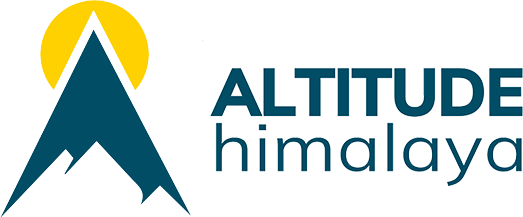

 Adventure
Adventure
 Couple
Couple
 Family
Family
 Luxury
Luxury
 Motorbike
Motorbike
 Photography
Photography
 Wildlife
Wildlife
 Yoga
Yoga
 Annapurna
Annapurna
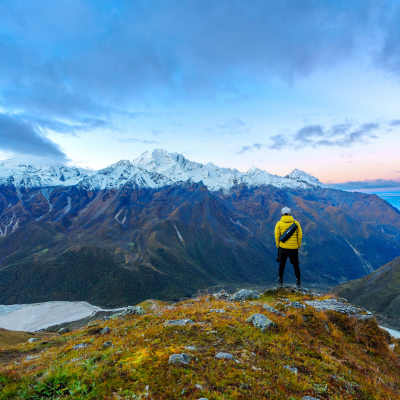 Langtang
Langtang
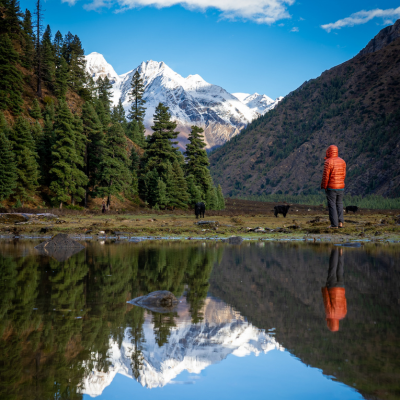 Dolpo
Dolpo
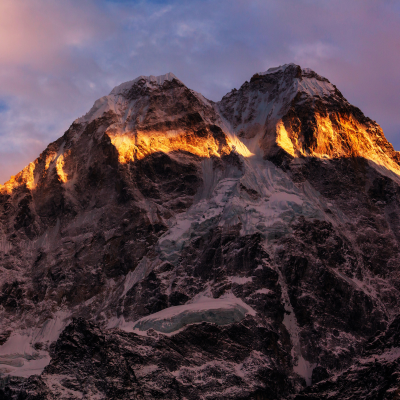 Eastern Nepal
Eastern Nepal
 Everest
Everest
 Manaslu
Manaslu
 Western Nepal
Western Nepal
